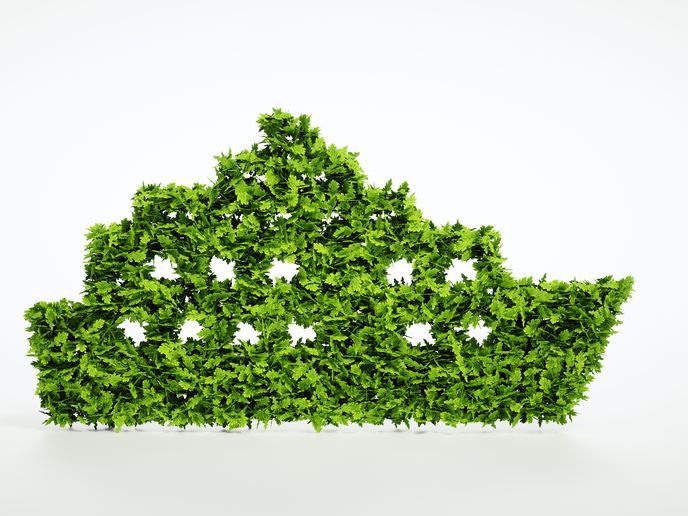From industrial side stream to clean source for biofuels
Cited by the International Energy Agency as the fifth most important fuel on Earth, black liquor has the potential to become the new black gold. “Black liquor is a common by-product of the pulp mills that make products from trees, such as paper and cardboard,” explains Tero Joronen, a principal researcher at Tampere University of Applied Sciences in Finland. Black liquor currently has several important uses. For example, it can be used to recover cooking chemicals and to produce the high-pressure steam used in pulp and paper-making processes. But, according to Joronen, this is just the tip of the iceberg. “Because it contains a specific lignin compound, black liquor has the potential to be used in making biofuels,” he says. The challenge is that the process for transforming black liquor into fuel is expensive – that is until now. With the support of the EU-funded BL2F project, Joronen helped develop an innovative process for creating a clean, high-quality and ready-to-use black liquor-based biofuel that can be used by the aviation and shipping sectors. “By helping achieve an 83 % reduction in CO2 emissions compared to fossil fuels, our solution can help the EU reach its climate objectives while also positioning Europe at the vanguard of renewable biofuel production,” adds Joronen.
An innovative hydrothermal liquefaction process
At the heart of the project is a first-of-its-kind hydrothermal liquefaction process that can be integrated into a pulp mill’s existing processes. “One of the many benefits of using hydrothermal liquefaction is that it eliminates the need to separate out the lignin, which lowers costs and emissions,” notes Joronen. “In addition, we can separate more than 95 % of the contaminated cooking salts.” However, getting to this point required that the project make several modifications. For instance, an initial concept included a hydrodeoxygenation process and an aqueous phase reforming process, both of which could improve the overall quality of the hydrothermal liquefaction. “During the technical feasibility study, we found that the costs of these processes far outweighed their benefits, so they were ultimately left out of the final design,” remarks Joronen. The simplified process for deriving black liquor was successfully demonstrated at a pilot plant.
The black liquor to biofuel value chain
According to Joronen, piloting the integration of hydrothermal liquefaction and salt separation for black liquor is a great technical breakthrough. “The BL2F process shows a feedback cycle that makes the entire process emit less carbon than producing fossil fuels,” he says. In fact, deploying the BL2F process at scale and using a variety of biomass could yield more than 50 billion litres of advanced biofuels by 2050 – more than enough to satisfy the aviation and shipping industry’s growing demand for advanced biofuels. “By showing that the value chain from black liquor to biofuel is indeed feasible, the BL2F project has opened the door to an important new source for producing clean biofuels,” concludes Joronen. Researchers with the project plan to continue their work through additional national and EU-funded projects.
Keywords
BL2F, renewable biofuel, biofuel, pulp and paper, aviation, shipping, hydrothermal liquefaction, lignin, fossil fuels







